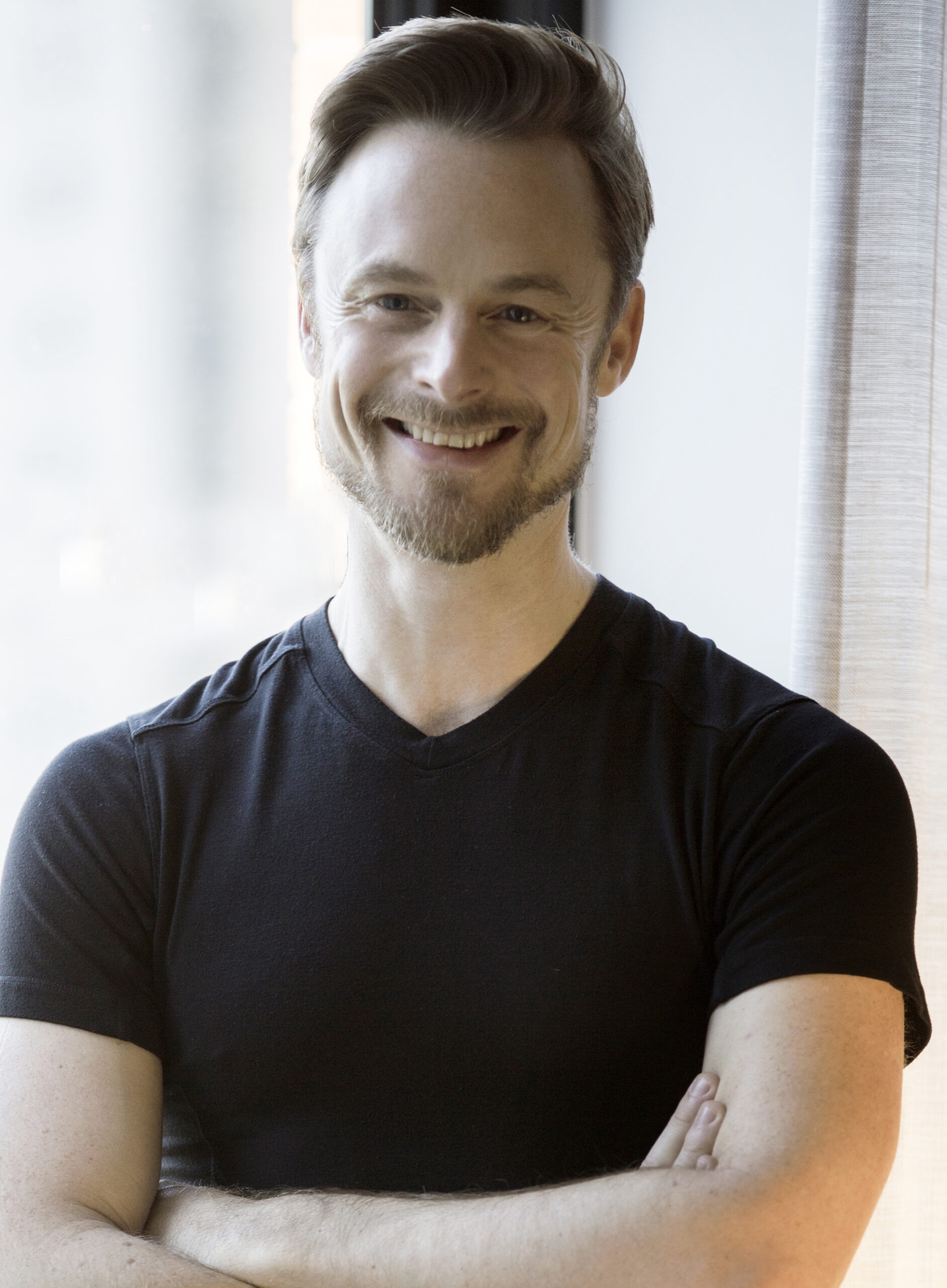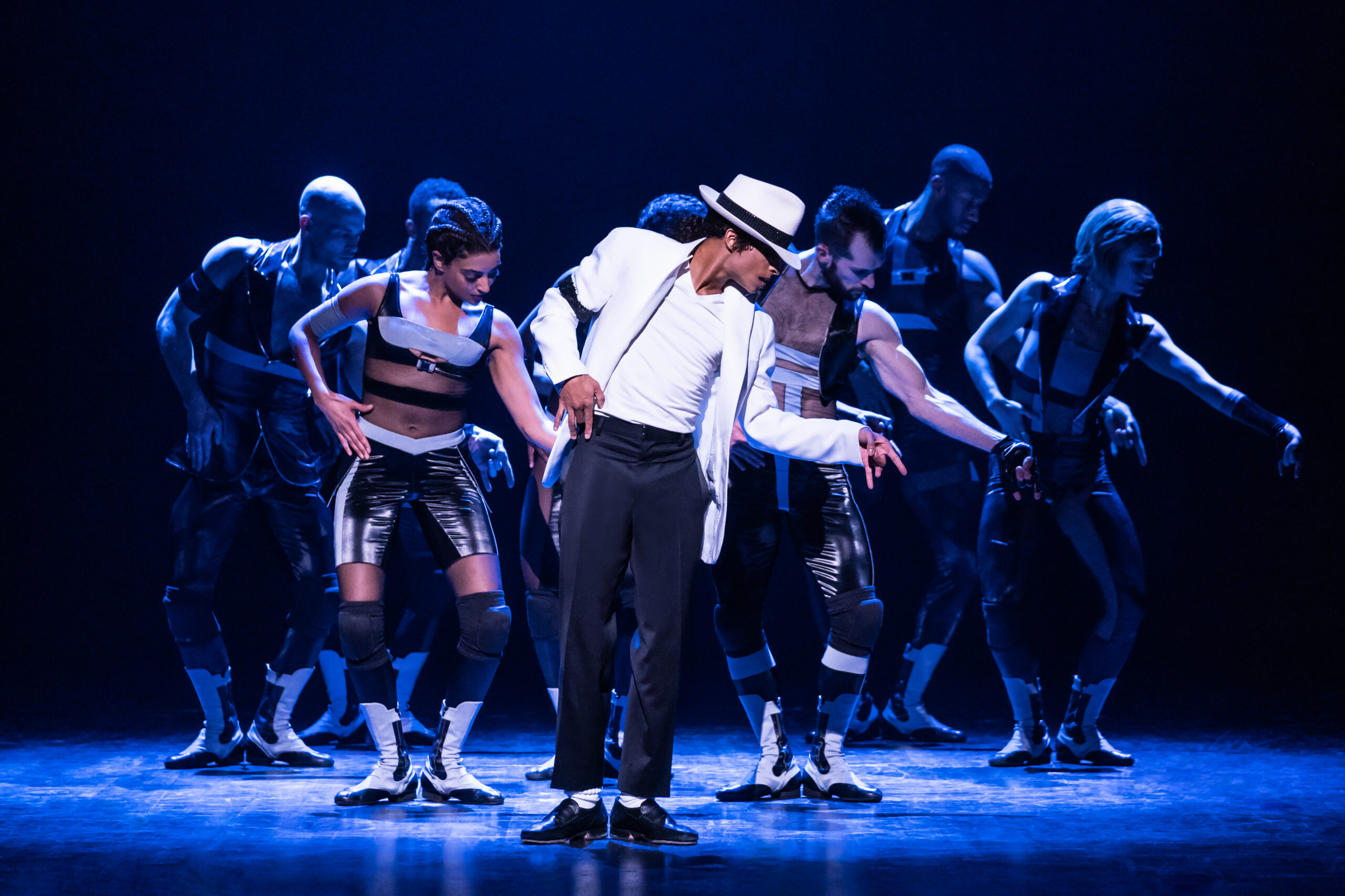
Tony Award winning director and choreographer Christopher Wheeldon had been well established in the ballet world. But it was his 2014 stage adaption of the The George and Ira Gershwin musical An American in Paris that endeared him to the musical theater crowd. It premiered in Paris at the Théâtre du Châtelet and later to moved to Broadway in 2015, garnering 4 Tony award wins, including Best Choreography for Wheeldon. (He was also nominated for Best Direction.)
This season, he’s represented on Broadway with MJ, a high energy dance musical that explores the creation of the late Michael Jackson’s 1992 Dangerous tour. Wheeldon was once again Tony nominated for Best Director and Best Choreography. On Sunday night, he clinched a second award for the latter.
Although Tony winning book writer Lynn Nottage (nominated in two different categories this year),does not fully confront the controversies of the global icon, she neither avoids them. Overall, MJ skillfully manages to tell Jackson’s journey through his top hits and iconic choreography. Newcomer Myles Frost leads the cast as adult Jackson (there are three versions of Jackson portrayed at various stages of his life) and has already been lauded by critics and audiences for his unflagging performance. He joined Wheeldon as a fellow Tony winner on Sunday night, walking off with a Tony for Lead Actor in a Musical.
Manhattan Digest spoke with British born Wheeldon about the construct of the show, the challenges faced along the way, and the creative process.
MD: First of all, congratulations on the show’s success. I don’t think there is a moment in this piece when someone isn’t moving and/or dancing.
CW: Thank you–and thank you for noticing that. It definitely moves a lot in places that people don’t fully see. That’s one of the things I love about working in the world of musical theater. Yes. The numbers themselves are important but the way the stories move are symphonic in scale.
MD: What was the audition process like for this? You obviously were seeking people who had dance skills, but what was it beyond that that you wanted. At what point did you know that Myles Frost would be your star?
CW: I had actually worked with a few other actors playing Michael. Myles came along quite late to the process. He was extraordinary from the first-time moment I met him. He displayed extraordinary vocals, but he came to us with a lot of raw talent and not an enormous amount of training in the dance and acting department. It was very clear from the first in-person audition that there was a natural gift in this young man. There was an element of risk in it because you just don’t know how a person is going to respond to the work and absorb the information that is thrown at them. We cast Myles in June and our first rehearsal was in October. That wasn’t a long period of time considering we worked for a year and three months with Ephraim Sykes, our original Michael. (Editor’s note: Sykes left the production in July 2021 citing schedule conflicts.) Myles was a bit of a risk, but he was so steady.
There is a moment at the top of Act Two when Jackson snaps his finger to the song “Billie Jean” . During the audition, Myles snapped his finger and there was a stillness and accuracy in that simple snap that instantly made me sit forward in my seat. Sometimes it’s those very simple moments where it’s absolutely clear that someone is going to have the kind of command of movement and accuracy.
MD: With your extensive ballet background, how did you become involved in the project?
CW: On paper, I don’t look like the obvious choice but I was brought in by Lia Vollack, our lead producer, by Lynn, our bookwriter, and the Michael Jackson estate. Because of my work on An American in Paris, I think they noticed the way that I move a show is not just about the choreography but in the storytelling as well. I’ve been really grateful that they’ve trusted me throughout the process to be the person to bring this story to life. It certainly has not been on my own. I’ve had incredible people around me from dancers in the first lab to my associate now, along with people that had first hand knowledge working with Michael Jackson.
MD: Did you recreate actual choreography from Michael Jackson or was the movement inspired by his movements?
CW: Michael’s language is quite distinct, so there is a lot of his original “vocabulary” in the show. It was important to me to not just recreate the iconic videos, but to use them as a jumping off point. Also, we placed these songs in a different emotional narrative throughout the show. “Thriller” was never intended to reflect the complex relationship Michael had with his father. It was originally just a fun Halloween romp. Obviously in doing that, the dances needed to be recreated.

MD: What were some of the biggest challenges in creating the show?
CW: Finding ways to fuse Michael’s language with my ideas in a way that seemed cohesive was a challenge. Also, there were fears that if I wasn’t recreating Michael onstage, a huge percent of the audience would feel disappointed if they weren’t getting an impersonation of Michael. That is something we tried hard to avoid. We wanted to be sure that the personality of our actors came through. Myles was so open to the collaborative process. He grew up idolizing Michael, but he wanted to capture the essence of Michael rather than flat out imitate him.
MD: Did you also idolize and/or seek inspiration from Michael Jackson?
CW: I grew up like any dance kid-completely in love with Michael Jackson and his dancing. As a young ballet student, I had the poster to the Bad album hanging in my dorm room and that album was my teen album. I remember loving that video and watching it over and over again. But Michael was also inspired by Mikhail Baryshnikov so it’s interesting to see how our worlds crossed. It’s clear how much Broadway and classic movie musical choreography influenced Michael, particularly in the “Dance Heroes” sequence of MJ that pays tribute to Gene Kelly and Bob Fosse.
MD: No matter how you feel about Michael Jackson, I think that this piece really shows us how to be a great artist.
CW: Yes. On a nightly basis, we get to show what our creative process is as performing artists and how we build a show. People walk away from this with so much more love and appreciation for what it is that we do and how hard it is. To incorporate that into the story made it close to home for all of us..
__________________________________________________________________________________________________________________
MJ is currently running on Broadway at the Neil Simon theater. (250 West 52nd between 8th and 9th, NYC). For more information click here.
